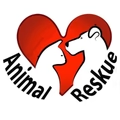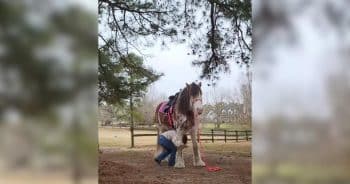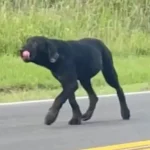Desensitize Spooky Horses with Fun and Gentle Training Techniques
To the untrained eye, a horse trainer leaping, flailing, or making exaggerated noises might seem comical. However, behind these playful gestures lies a thoughtful and effective training technique: desensitization. This method aims to help horses navigate the unpredictable world around them without fear or panic.
Desensitization exposes horses to non-threatening forms of stimuli in a controlled environment. The goal is not to overwhelm or scare the animal, but to teach them that novel sights, sounds, and sensations aren’t necessarily threatening. Over time, a desensitized horse becomes a more confident, calm, and reliable partner under saddle or on the ground.
Understanding Desensitization in Action
In a now-viral TikTok video, a trainer is shown bouncing, waving arms, and moving unpredictably around a serene Clydesdale. The horse remains calm—a sign that repeated, gentle exposure to strange behavior has taught this horse to stay steady despite surprises.
Common techniques include:
- Ducking under the horse’s neck or walking around its hindquarters
- Making sudden turns or exaggerated noises while maintaining a safe distance
- Introducing flapping or crinkling objects like flags or tarps
These actions are intended to simulate real-life scenarios, such as sudden noises at parades or distractions during trail rides. The outcome is a horse that displays emotional flexibility—one that can stay composed in the face of unexpected stimuli.
The Halter Rope: More Than Just a Lead
One of the most versatile tools in desensitization is the halter rope. Beyond simply leading the horse, trainers use it as a calm form of tactile training:
- Dragging the rope across the withers or back
- Swinging it gently over the flanks
- Tapping along the body to mimic future sensations
These actions prepare the horse for physical sensations like stirrup straps brushing against the skin or lead ropes moving during mounting. Over time, the horse learns to associate these touches with safety rather than surprise.
From Tarps to Saddle Bags: Creative Exposure
Desensitization often involves introducing novel but harmless objects. One staple is the crinkly blue tarp. While initially intimidating due to its texture and sound, it becomes less threatening with gentle, consistent training.
- Trainers place the tarp flat in the paddock with familiar rewards, like hay, in the center
- Each step the horse takes onto the tarp builds confidence
- Advanced tactics include rubbing the tarp gently along the horse’s side
Similarly, plastic grocery bags tied to fences simulate unexpected crackling sounds from wind-blown objects. With exposure, horses become unbothered by the commotion they could once have found terrifying.
Letting Curiosity Lead the Way
For horses hesitant about saddling, exposing them to saddles without pressure can be very effective. Placing the saddle in the corral, rather than on the horse, allows the animal to approach and investigate on its own terms. This curiosity-based exposure transforms something once feared into an object of familiarity.
Prepared for the Real World
Contrary to dulling a horse’s natural instincts, desensitization enhances their reliability. The aim is to create animals that respond thoughtfully instead of fearfully. Whether it’s a barking dog, flapping tarp, or chaotic crowd, a desensitized horse sees these things not as threats, but simply as part of life’s scenery.
Desensitization fosters trust. The horse learns to look to their trainer or handler for guidance instead of relying solely on instinct. Over time, this leads to a better partnership—built on calmness, curiosity, and bonding through positive experiences.
Watch the full video that brought attention to this gentle training method from @parisatheclydesdale below:
@parisatheclydesdale
#horsetraining










Facebook Comments